Spanish Nuclear Society hosts its Annual Meeting in Granada with IFMIF-DONES at its plenary session
This gathering included a workshop on the challenges of the scientific infrastructure

The Spanish Nuclear Society (SNE) expressed its support to Granada’s candidacy as the site to build the IFMIF-DONES particle accelerator at its 46th Annual Meeting, celebrated in Granada. The event gathered over 700 experts and professionals in nuclear fusion and placed the spotlight on the scientific infrastructure, key in the race towards fusion energy.
Besides the workshop organised on the 6th of October, the Annual Meeting devoted its plenary session to IFMIF-DONES, the main event of this scientific gathering. ‘The DONES Project, another sun for Granada’ was the session moderated by the Director of the IFMIF-DONES Consortium, Ángel Ibarra. The Director General of CIEMAT, Carlos Alejaldre, Rector of the University of Granada, Pilar Aranda, Programme Manager of EUROfusion, Tony Donné and Spanish Industrial Liaison Officer (ITER) of CDTI, Belén del Cerro, were also present in this session.
Alejaldre reminded that IFMIF-DONES is a high priority facility for the European fusion programme and stated that it is an essential facility for the development of fusion as a source of energy. The Director General of CIEMAT stressed that ITER is focused on research and further steps are necessary towards the DEMO reactor, which will prove the commercial feasibility of this type of energy. For this reason, over €6 billion will be invested in a ‘device that will validate the materials under this neutronic flux’. This will be done by the IFMIF-DONES project, defined by Alejaldre as a ‘marathon’ and confirming we are in the final kilometres of this race.
The Rector of the University of Granada informed about the status of Granada’s candidacy and stated that ‘we have already won’, since the province is now ‘on the map of European large infrastructures.’ Pilar Aranda explained that Granada is the official candidate in Europe to host IFMIF-DONES ‘for various reasons, for instance its location and its research and entrepreneurial activity’.
The Programme Manager of EUROfusion also participated in the plenary session and reviewed the calendar of the development of fusion energy in Europe until the implementation of DEMO. ‘We need to effect a transition from a Project oriented to research to a project oriented to the design’.
Finally, Belén del Cerro explained Spain’s contribution to ITER by both business and public institutions. ‘The Spanish industry is in the right direction’ as it occupies the third position in the recruitment ranking with 340 procurements worth over €1.2 billion.
Within the Annual Meeting’s framework, the workshop ‘IFMIF-DONES towards nuclear fusion’ was organised, with a large number of attendees. This workshop, organised by Luis Felipe Durán and Alejandro Carrasco from Jóvenes Nucleares, focused on the technical details, functioning and technological potential of this facility.

Rafael Vila, head of the Fusion Materials Unit at CIEMAT, explained at the workshop in his presentation ‘IFMIF-DONES: the answer to the challenge of fusion materials’ the most significant aspects related to the key materials in fusion power plants and why a facility such as IFMIF-DONES is necessary to achieve the objective of constructing a fusion electric power plant.
Moisés Weber (CIEMAT), responsible for the DONES-PRIME programme, explained the challenges associated to the construction of IFMIF-DONES. In his presentation, Weber showed how these facilities operate, the main technological challenges and some of the research that is being conducted to overcome such challenges.
Antonio Miguel Lallena, Senior Lecturer of the University of Granada, closed the workshop with a talk about applications of DONES in other scientific areas. Some of the research lines to propose complementary applications of the IFMIF-DONES facility to other scientific disciplines were presented, such as medicine, industrial materials, or the study of oceans.

